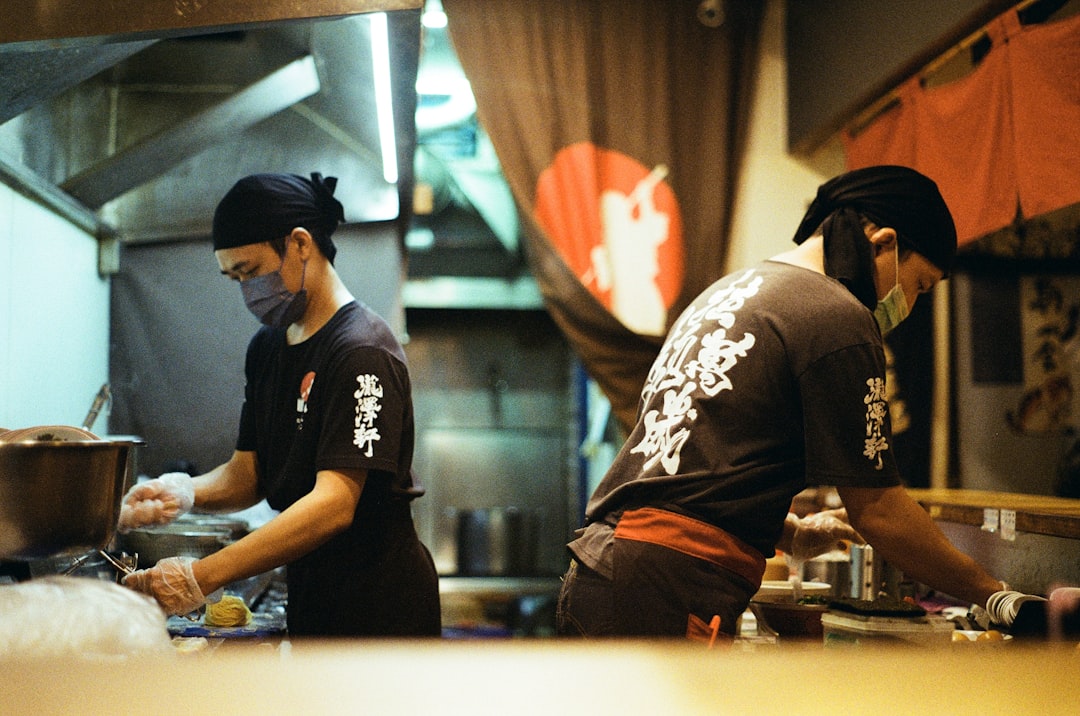Running a restaurant is like conducting an orchestra – when everything harmonizes, it's beautiful. But one off-note can disrupt the entire performance. Service issues are often that discordant element, affecting your bottom line and reputation in ways that can be difficult to recover from.
Before diving into solutions, let's identify the most common service issues plaguing the industry:
According to industry data, inconsistent service quality remains one of the top complaints among diners. This includes everything from varying food quality to unpredictable wait times, especially during peak hours. Like a rollercoaster of experiences, customers never know if they're getting the exceptional service they received last time or something entirely different.
The restaurant industry faces a staggering 75% annual turnover rate for hourly workers, according to Bureau of Labor Statistics data. This revolving door costs thousands per employee in recruitment and training expenses, creating a constant strain on operations and service quality. Imagine training a new employee every few months – the knowledge drain alone is devastating.

A surprising 44% of diners cite dirty facilities as highly annoying, including unclean tables, utensils, or restrooms, according to Consumer Reports. This fundamental issue directly impacts customer satisfaction and return rates. Nothing sends customers fleeing faster than a sticky table or grimy bathroom.
From inventory management to order processing, inefficiencies create bottlenecks that affect service speed and quality. Many restaurants still rely on manual processes that are prone to errors and delays. These small inefficiencies compound, creating significant service disruptions during busy periods.
Many restaurants struggle with fragmented technology systems that don't communicate with each other, creating service gaps and data silos that impact the customer experience. Imagine servers juggling three different tablets plus a traditional POS system – chaos is inevitable.
Now for the good news – most service issues have practical, implementable solutions:
High employee turnover isn't just a service issue; it's a financial drain. Restaurants that have implemented comprehensive retention strategies have seen significant improvements:
One mid-sized restaurant chain reduced turnover by 40% after introducing tuition reimbursement and leadership training programs for hourly employees. Their investment paid for itself within a year through reduced hiring and training costs.
Since cleanliness is a top customer concern, establish rigorous protocols:
A fine dining establishment in Chicago implemented a "clean as you go" policy with 5-minute cleaning windows scheduled between peak periods. Their online cleanliness ratings improved by 27% within two months.
Operational efficiency directly impacts service quality. Consider these approaches:
Many restaurants are losing money through inefficient processes without realizing it. Automation can help prevent these hidden losses by eliminating error-prone manual steps.
Technology should enhance, not complicate, your service:
A casual dining chain adopted an integrated technology platform and saw service times decrease by 15% while customer satisfaction scores increased by 22%. Their servers spent more time interacting with guests and less time struggling with technology.
Understanding the data can help prioritize your service improvements:
A fine-dining restaurant in Chicago implemented real-time inventory tracking and reduced food costs by 15% within three months. Their system flagged slow-moving items, allowing them to adjust ordering and create specials to use ingredients before spoilage. This not only improved their bottom line but also reduced their environmental footprint – a win they proudly shared with increasingly eco-conscious customers.
A casual dining chain reduced average table turn time by 12 minutes after implementing a kitchen display system and server tablets. This increased their capacity by nearly 20% during peak hours without sacrificing service quality. The key was eliminating the physical back-and-forth between servers and kitchen staff, allowing both teams to focus on their primary responsibilities.

Rather than just reacting to service issues, implement these preventative strategies:
Continuous training keeps service standards high:
A Texas steakhouse implemented a "training Tuesday" program with 30-minute sessions before each shift, focusing on one service aspect weekly. Their Yelp reviews mentioning "excellent service" increased by 35% within six months.
You can't fix what you don't measure:
Don't wait for equipment failures to disrupt service:
While rare, service issues can occasionally escalate to legal territory. Customers can potentially sue restaurants for:
The best protection is prevention through rigorous training, clear documentation, and regular safety audits by qualified professionals.
Modern restaurant management platforms like Spindl offer integrated solutions that address many common service issues simultaneously. By consolidating order taking, delivery management, POS, and loyalty systems into a single platform, restaurants can eliminate many of the communication gaps that lead to service failures.
The National Restaurant Association reports that restaurants using integrated technology systems see an average 7% increase in operational efficiency and 12% improvement in customer satisfaction scores.
While tools and systems are essential, truly exceptional service stems from culture. Foster an environment where staff take personal pride in the guest experience. Celebrate service wins, address issues without blame, and make continuous improvement part of your restaurant's DNA.
In the restaurant industry, service isn't just one aspect of your business—it's the foundation everything else is built upon. By systematically addressing these common service issues, you'll not only improve operational efficiency but also build the kind of loyal customer base that ensures long-term success in an increasingly competitive market.
